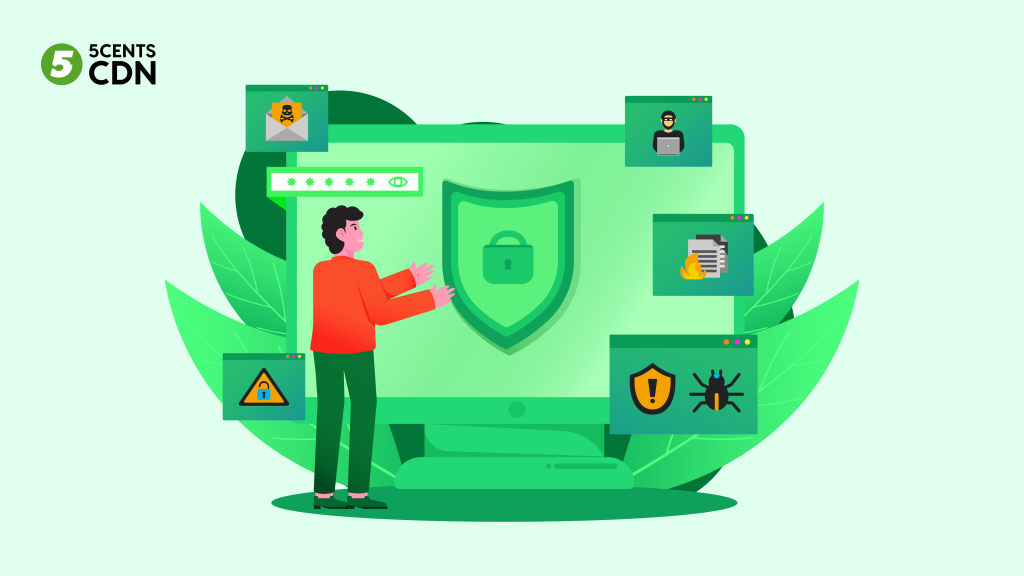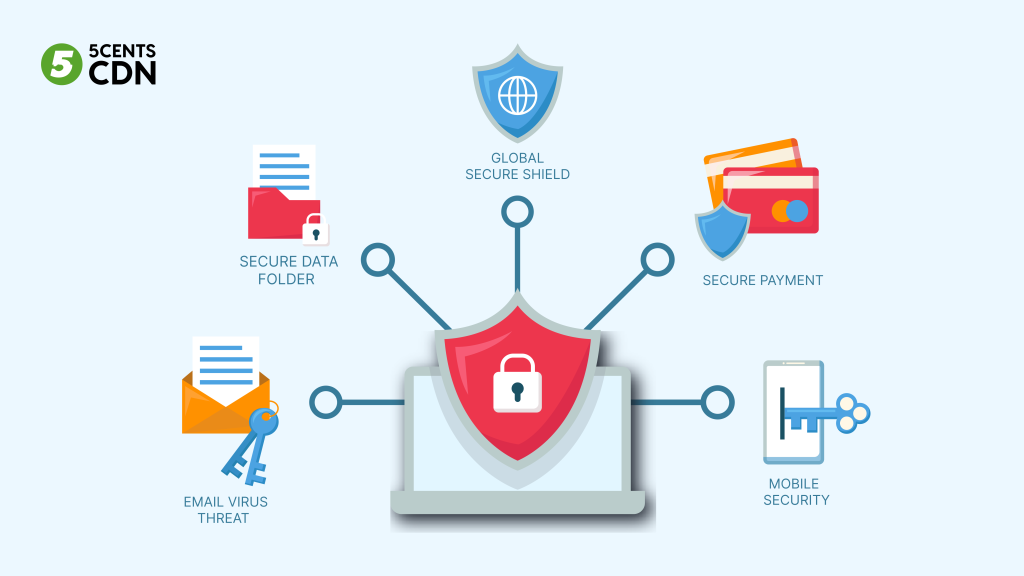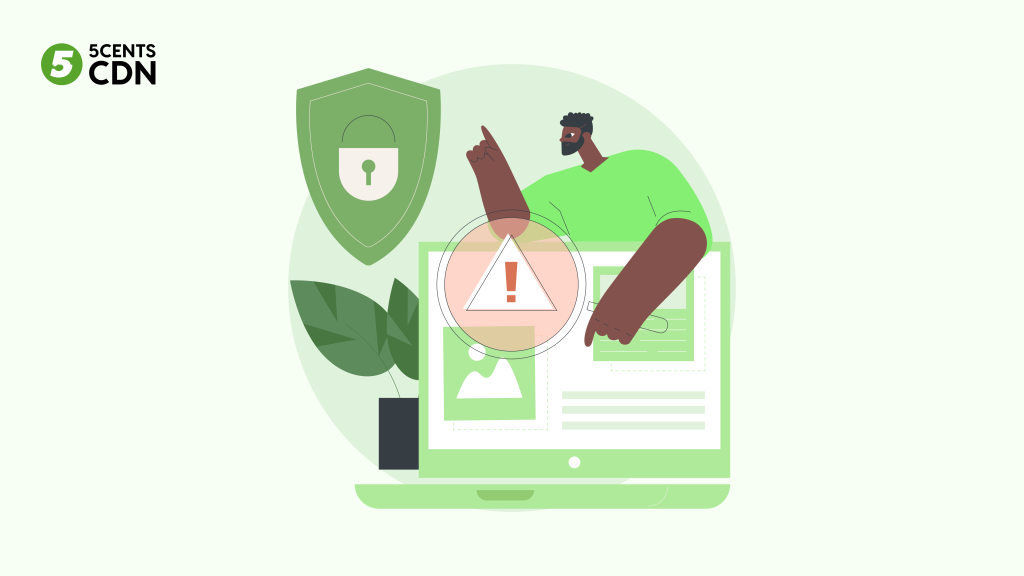In today’s digital age, where businesses rely heavily on web applications to serve their customers and streamline operations, cybersecurity has become more critical than ever. With an increasing number of cyber threats targeting web applications, organizations must invest in robust security measures to protect their sensitive data and maintain the trust of their customers. One such crucial security solution is the Web Application Firewall (WAF).
The Growing Importance of Web Application Security
Web applications are at the heart of modern business operations. They power e-commerce platforms, customer portals, online banking, and countless other services. However, this widespread reliance on web applications also makes them prime targets for cyberattacks. Cybercriminals are constantly evolving their tactics to exploit vulnerabilities in these applications, and the consequences of a successful attack can be devastating, including data breaches, financial losses, and damage to reputation.
What Is a Web Application Firewall (WAF)?
A Web Application Firewall, or WAF, is a security solution designed to protect web applications from a wide range of threats and attacks. It acts as a shield between your web application and the internet, monitoring incoming traffic and filtering out malicious requests. Here are some key features and benefits of implementing a WAF:
1. Protection Against Common Web Threats: WAFs are equipped to defend against common web threats such as SQL injection, cross-site scripting (XSS), cross-site request forgery (CSRF), and more. They analyze incoming traffic in real-time and block malicious requests before they can reach your web application.
2. Granular Control: WAFs provide you with granular control over traffic, allowing you to define rules and policies tailored to your specific application’s needs. This flexibility ensures that legitimate traffic flows smoothly while blocking malicious activity.
3. Continuous Monitoring: A WAF continuously monitors your web application for emerging threats and vulnerabilities. It can automatically update its rule sets to adapt to new attack techniques, providing proactive security.
4. Improved Performance: WAFs can also enhance the performance of your web application by offloading some security tasks, such as traffic filtering and content caching. This can lead to faster response times and a better user experience.
5. Compliance Requirements: Many regulatory frameworks, such as GDPR and PCI DSS, require organizations to implement adequate security measures for protecting customer data. A WAF helps in meeting these compliance requirements by safeguarding sensitive information.

Choosing the Right WAF
When selecting a Web Application Firewall for your organization, consider the following factors:
1. Scalability: Ensure that the WAF can handle your current and future web traffic volumes.
2. Ease of Management: Look for a solution with an intuitive management interface and robust reporting capabilities.
3. Customization: The ability to create custom rules and policies is crucial to tailor the WAF to your application’s unique requirements.
4. Real-time Monitoring: Choose a WAF that provides real-time traffic monitoring and alerting to respond quickly to emerging threats.
5. Vendor Reputation: Research the reputation of WAF vendors and their track record in the cybersecurity industry.

Conclusion
In an era where cyber threats are constantly evolving, protecting your web applications is not optional—it’s a necessity. A Web Application Firewall (WAF) is a crucial security solution that can safeguard your organization from a wide range of threats while ensuring the integrity and availability of your web services. By investing in a WAF and staying proactive in your approach to cybersecurity, you can minimize risks, protect sensitive data, and maintain the trust of your customers. Don’t wait until a cyberattack occurs; fortify your web applications with a reliable WAF today. Your organization’s security and reputation depend on it.
